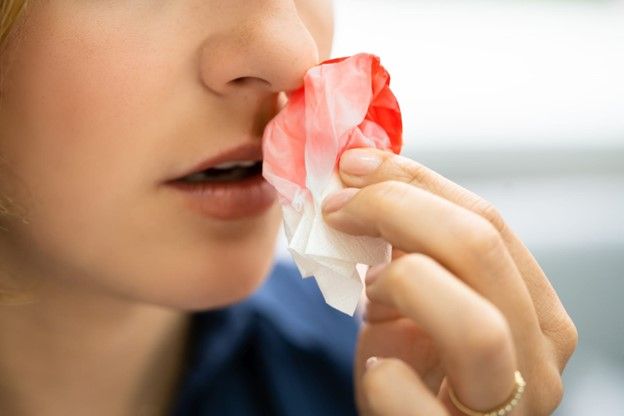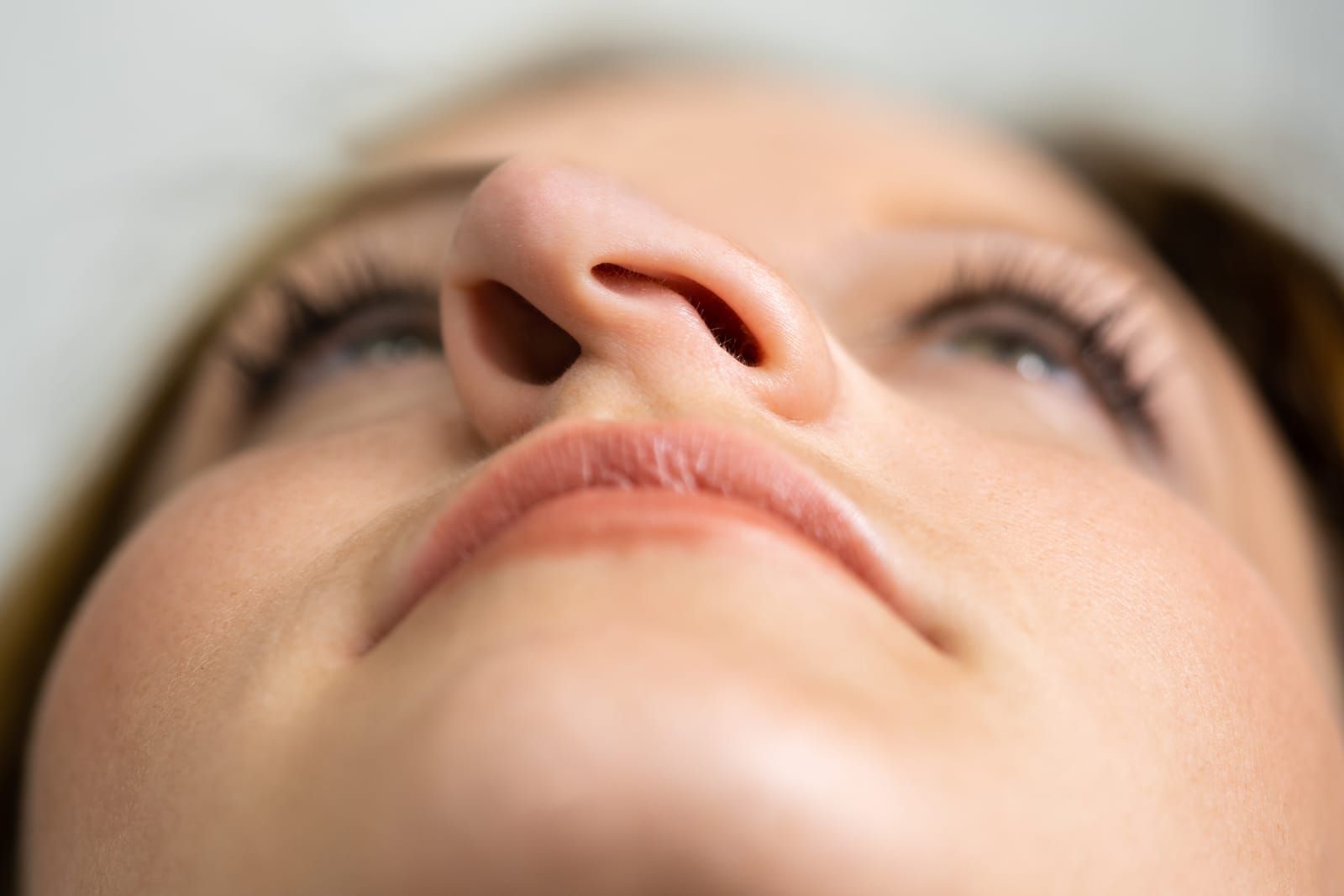How to Remove Earwax at Home
Have you been plagued with earwax buildup? Are you looking for a way to remove it without having to visit the doctor? If so, this blog post is for you! We’ll take a look at some of the most effective ways to safely and easily remove earwax from your ears at home.
What is Earwax?
Earwax is a natural substance produced by the body to protect the delicate skin of the ear canal from bacteria, dirt, and other debris. This wax is made up of a mix of dead skin cells, oils, and other substances. It is usually yellow or brown in color. Its consistency can range from soft and sticky to hard and dry. It's important to remember that earwax is not a bad thing; it helps to keep your ears clean and healthy.
Signs and Symptoms of Earwax Blockage
Earwax blockage occurs when too much earwax accumulates in the ear canal. This accumulation can cause a variety of symptoms, including hearing loss, ear pain, fullness, a feeling that the ear is blocked, and even ringing in the ear. If you are experiencing any of these symptoms, it is important to have your ears checked as soon as possible. A doctor or audiologist can inspect your ears and determine the best course of treatment.
Causes of Earwax Blockage
Earwax blockage can be caused by several factors. The most common causes are: using cotton swabs to clean the ear, using hearing aids, using earplugs, and using headphones. Each of these items can push earwax further down into the canal and cause it to become compacted and block the ear canal. In addition, certain medical conditions, such as allergies or skin conditions of the ear, can also cause wax to accumulate and become blocked. If you are prone to earwax blockage, it is important to take extra precaution when inserting items into your ear.
Home Remedies for Removing Earwax
When it comes to removing earwax at home, there are a few different methods you can try. Softening and loosening the earwax is usually the first step. This can be done with warm mineral oil, which can be found at any drug store. Once the wax is soft and loose, a gentle shower should be enough to remove it from the ear canal. If this doesn't work, an over-the-counter wax softener can be used. In addition, hydrogen peroxide, baking soda, and saline solution can also be used to soften and flush out the earwax. Finally, a bulb syringe can be used to suck out the excess wax. However, it is important to use caution when attempting to remove earwax at home and to always take into account potential risks.
Using a Bulb Syringe to Clean the Ears
Using a bulb syringe to clean the ears and remove excess earwax if performed correctly. This method involves using a small rubber bulb, similar to a turkey baster, to fill the ear with warm water. The water then flushes out the earwax and debris, without any pushing or prodding. To ensure safety, the water should be at body temperature. If a bulb syringe is not available, a regular syringe can also be used. However, it is important to note that when using a regular syringe, care must be taken to not insert the tip of the syringe too deeply into the ear canal. This can cause damage to the delicate structures of the ear. It may be best for this method to be performed by a healthcare professional.
Using Hydrogen Peroxide to Soften the Wax in the Ear Canal
Hydrogen peroxide is a household staple that can be used to soften and remove earwax. To use hydrogen peroxide, mix equal parts of hydrogen peroxide and water. Then, tilt your head to the side and drop five to ten drops of the solution into your ear. Let the solution sit in your ear for a few minutes before tipping your head to the other side and letting the solution run out.
Be sure to use an eyedropper or a cotton swab to apply the solution to your ear, as using anything else could push the wax further down the ear canal, making it harder to remove. If the earwax is still in place after a few minutes, you can repeat the process up to three times a day until the wax is removed.
Using Mineral Oil to Soften and Remove the Earwax
Removing earwax at home can also be achieved by using mineral oil. Mineral oil may be easier than flushing out ear wax. To use mineral oil, place a few drops of it into the affected ear, using an eyedropper. Allow the oil to remain in the ear for five to ten minutes, then tilt your head to the side and let the oil drain out. You may need to repeat this process a few times over the course of a few days to completely remove the earwax. If the warm mineral oil does not work, you may need to use an over-the-counter wax softener.
Using Carbamide Peroxide Drops to Disperse and Soften the Wax
If your doctor recommends that you try to remove earwax at home, using carbamide peroxide drops can help to disperse and soften the wax. These drops contain a low concentration of hydrogen peroxide, which helps to break down the earwax and make it easier to remove. It is important to follow the instructions given by your doctor for applying the drops. This can include lying down with the affected ear facing up and using a few drops per ear. After applying the drops, you may need to wait for a few minutes before attempting to remove the softened earwax.
Precautions and Tips for Removing Earwax
Removing earwax can be a tricky and messy process, so it is important to take certain precautions and follow certain tips to ensure your safety and the safety of your ears.
First, never attempt to remove earwax if you have an ear infection or other medical issue, as this could worsen the condition.
Second, always use drops or other solutions meant for earwax removal as these will be gentler on the ear canal than some homemade solutions.
Third, never use cotton swabs or other items to remove earwax as this can cause the wax to be pushed further down and create blockage.
Fourth, if your earwax does not seem to be getting better or is causing you pain and discomfort, it is best to seek medical assistance as soon as possible.
Finally, it is important to keep your ears clean and dry in order to reduce the risk of earwax blockage.
By following these simple tips and precautions, you can help to ensure that your ears stay healthy and free of wax buildup.
If you are still having trouble removing your earwax or any ear blockage, ENT Care Centers is committed to provide the most compassionate ear care. Call us at (502) 837-7838 or visit our website to visit one of our Ear, Nose & Throat Doctors in and around Louisville, KY and southern Indiana. You are sure to receive the compassionate care you and your family deserve.













